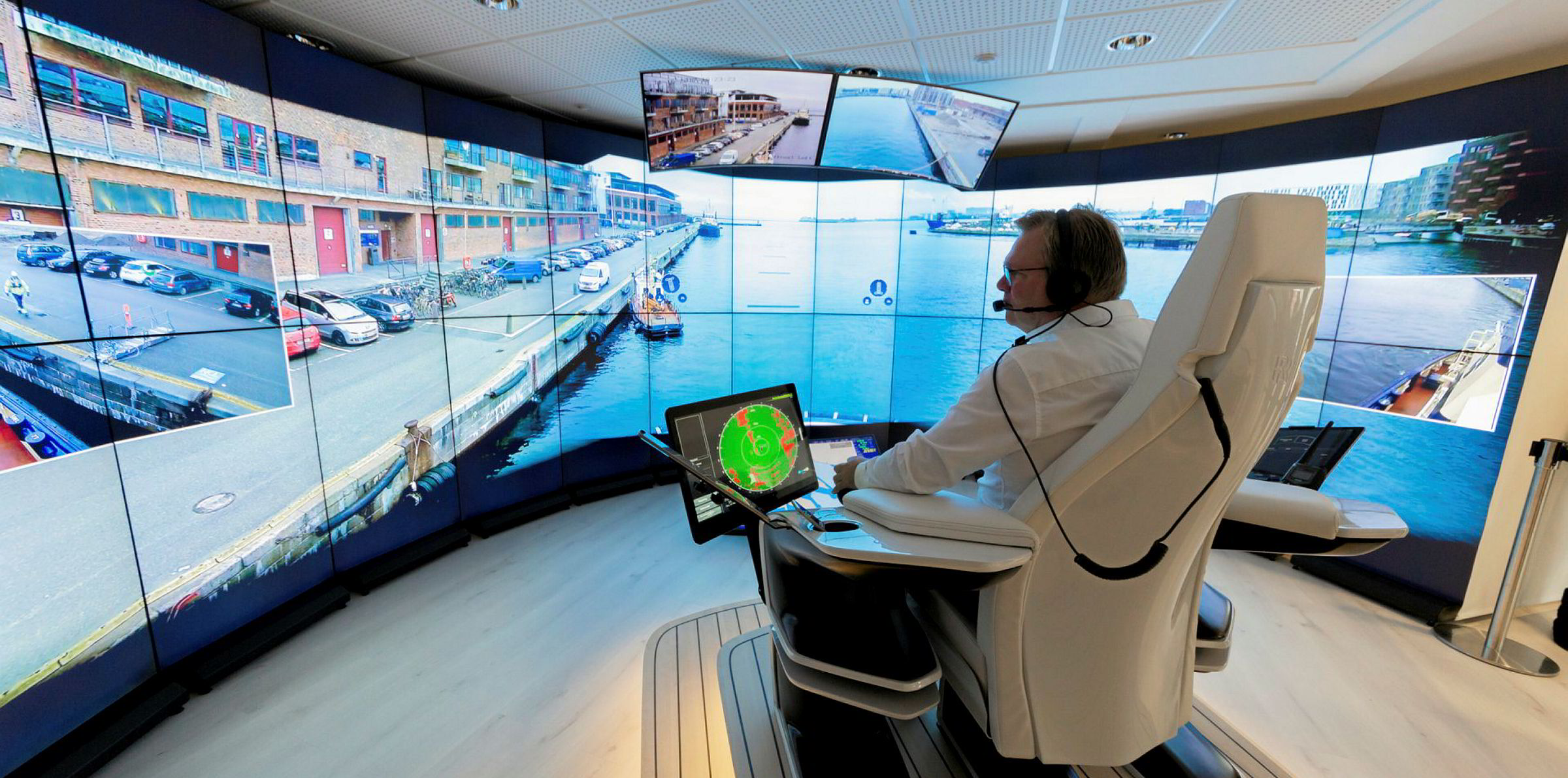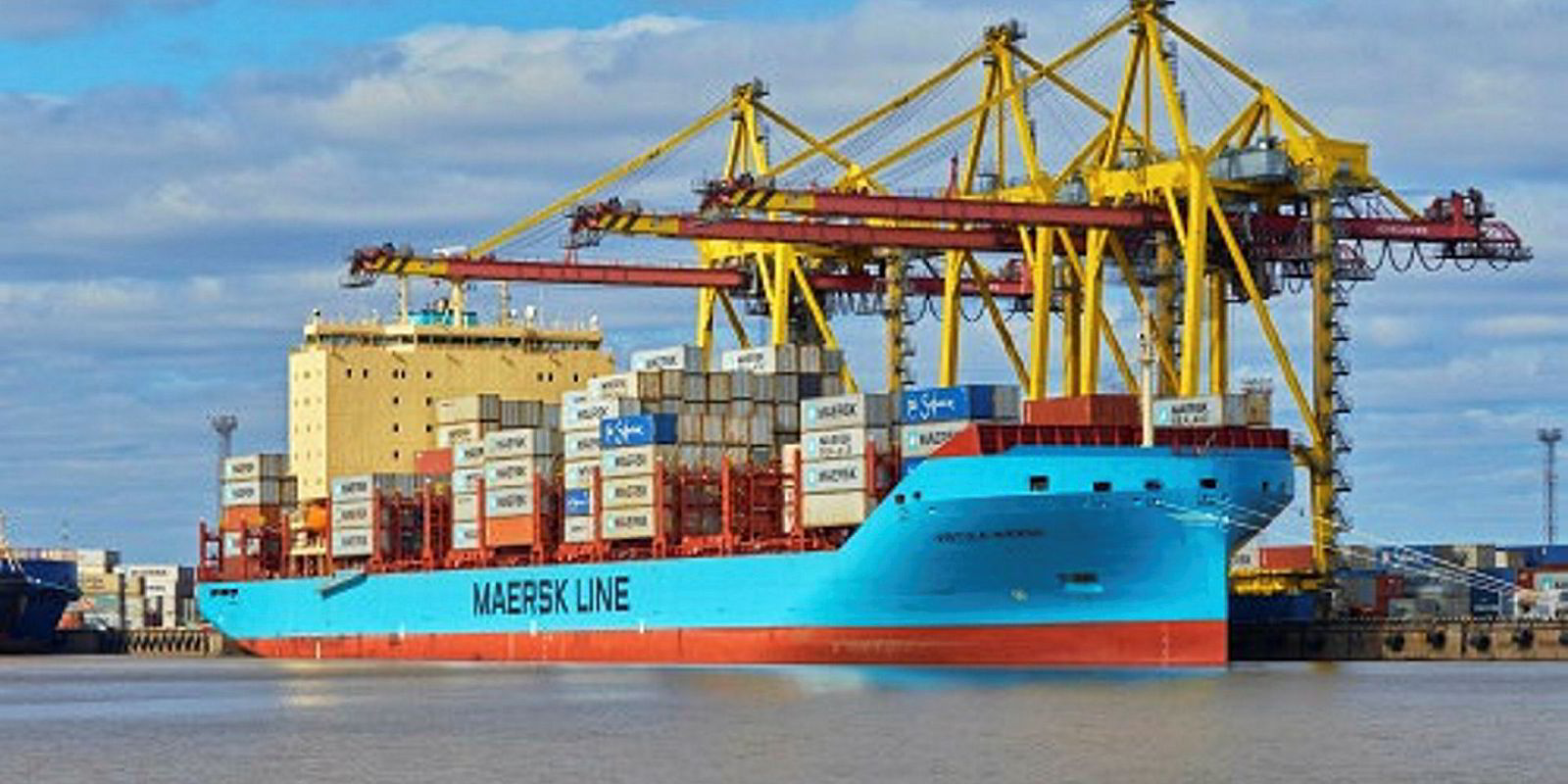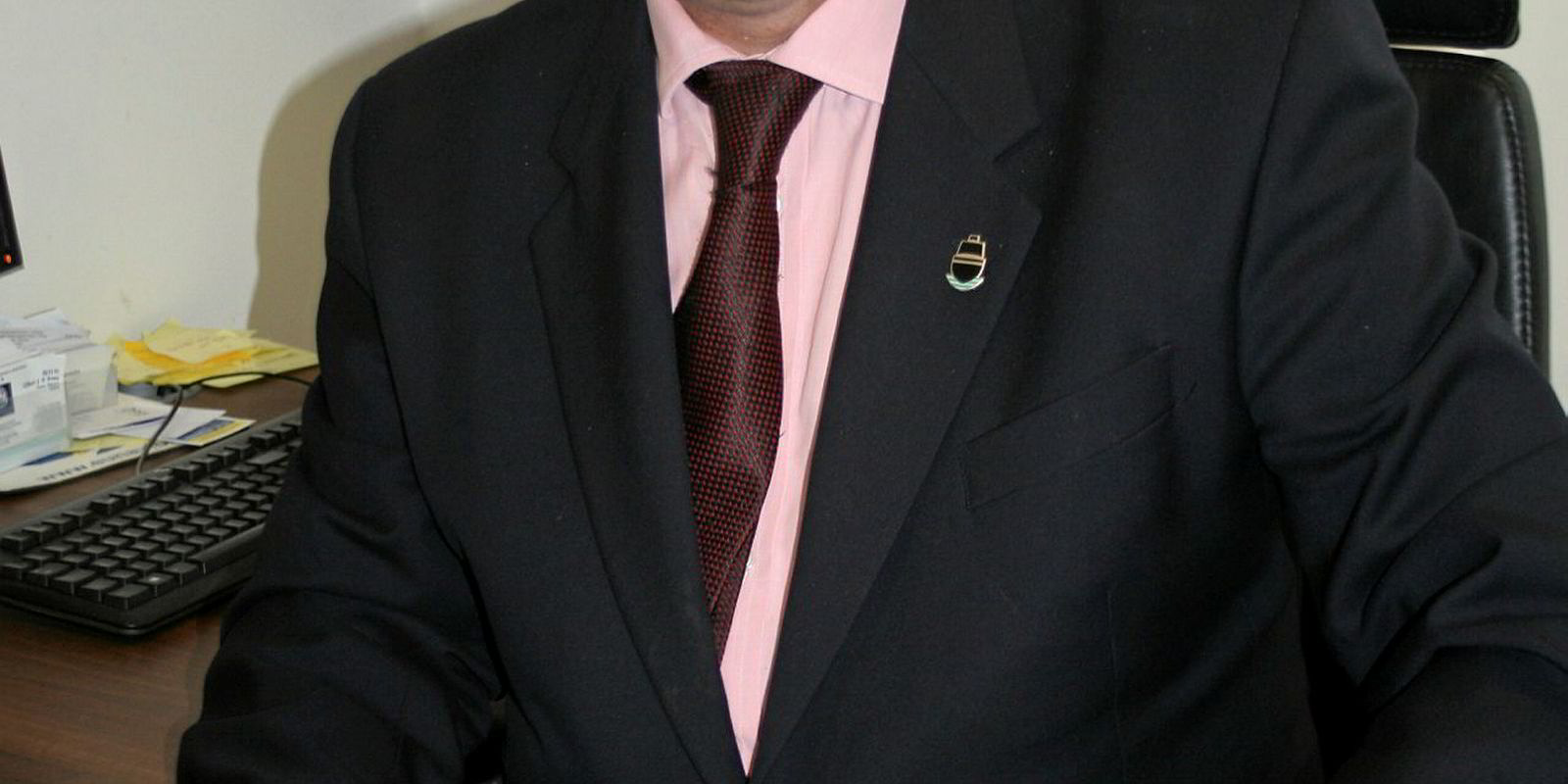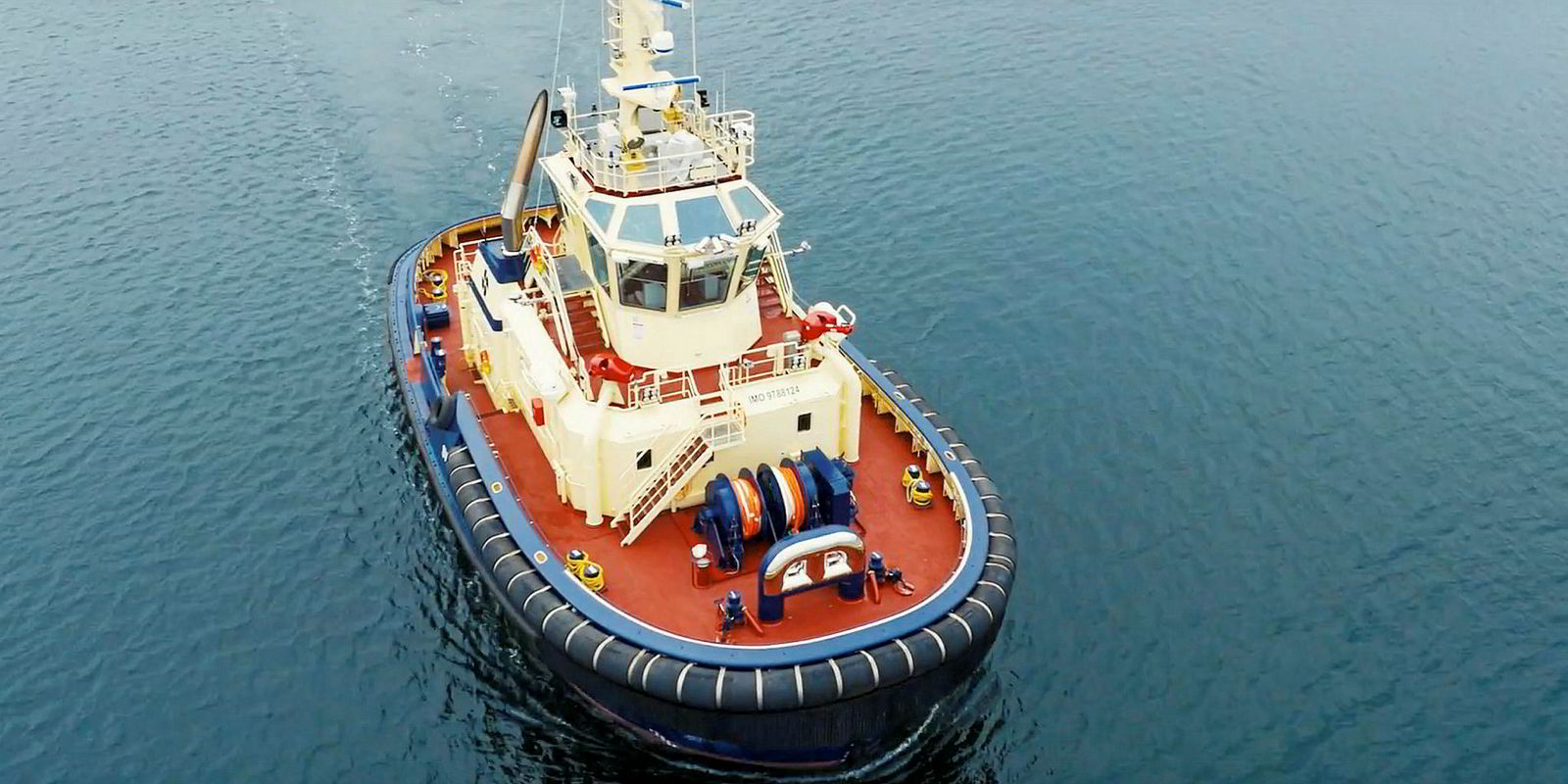Shipping has been addicted to fossil fuels since the 19th century but the industry must now wean itself off these sources of energy as the reality of the Paris Agreement on climate change starts to bite.
The IMO’s 0.5% cap on fuel sulphur content kicks in on 1 January 2020. But Chris Chatterton, chief operating officer of trade organisation the Methanol Institute, says it represents just a “small bump in the road” compared with what is to come.
Ship technology is changing fast and must accelerate if the industry is to fulfil the global regulator’s eventual ambition to phase out emissions of CO2.
In April, the UN organisation adopted a greenhouse gas emissions reduction strategy for international shipping, which will push vessel designs towards alternative fuels and adopting cleaner technologies such as wind power, possibly hydrogen from non-fossil sources, and maybe even nuclear.
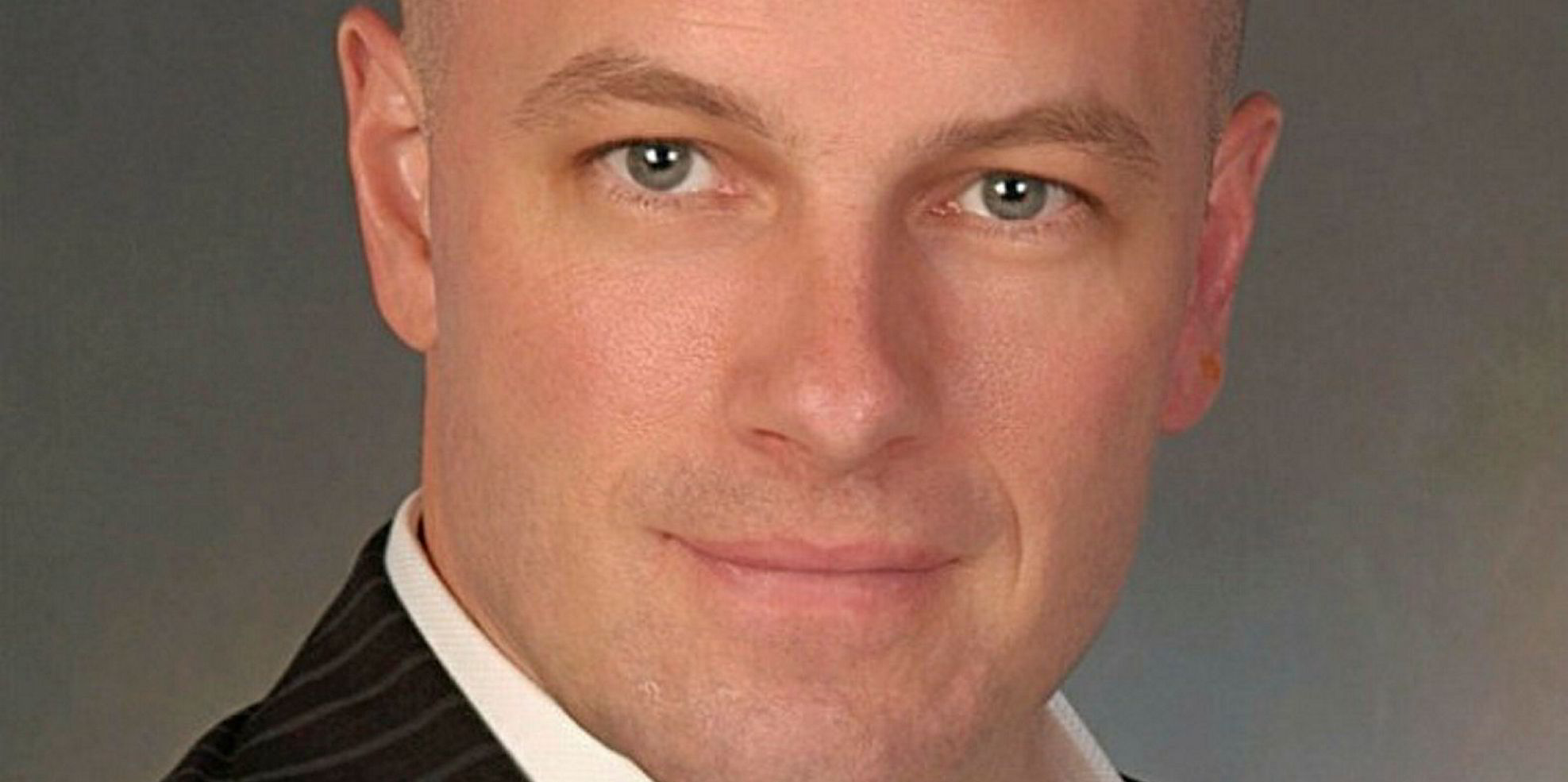
Cutting fuel consumption and, therefore, the carbon footprint of ships has already been tackled through the energy efficiency design index, with further phases possibly being brought forward.
But a much bigger influence on ship design and innovation will be generated by the IMO’s ambition to cut CO2 emissions for international shipping by an average of 40% by 2030 and 70% by 2050, compared to the baseline year of 2008.
From the same 2008 benchmark,it is intended that total greenhouse gas emissions will be reduced by at least 50% by 2050 and to make further strides towards eliminating them altogether.
Nick Brown, Lloyd’s Register’s marine and offshore director, says 2050 gives enough time to learn and adopt new technologies and renew the world’s fleet.
“I don’t think it is an unrealistic target to aim for,” he says.
But he is not comfortable with the early recycling of relatively young ships because of the energy consumed in building them, particularly the old category of 4,250-teu panamax containerships with big engines that are no longer operating at high speeds.

The adoption of ultra long-stroke, slower engines that gathered steam between 2012 and 2014, in combination with larger propellers, defined the so-called eco-ships and thereby lower carbon emissions.
Efficiency plateau
But a widespread opinion now is that it is increasingly difficult to eke out further efficiencies because of the need to ensure sufficient power to maintain course and stability in heavy weather.
Jamie Smith, a senior vice president at classification society ABS, says achieving the necessary greenhouse gas reductions will require the development, regulation and adoption of not only new, as-yet-untested fuels, but also decisions on contentious concepts such as regulated slow steaming and its effect on engines.
“This work will be a major challenge for the industry,” he says.
Smith adds that slow steaming has been promoted by sections of the industry for years. But the concept has not been defined for optimising fuel consumption for each ship, or a regulated speed based on a percentage of maximum continuous revolution (MCR).
“The industry needs to understand the potential safety concerns if shipyards start reducing the engine power to match a ‘regulated speed’, as well as the safety concerns for long-term slow steaming with existing engines — especially when combined with the impact of low-sulphur fuels on engines optimised to burn HSFO [high sulphur fuel oil],” he says.
Most "green" attention is now focused on designing ships to operate on alternative fuels, such as LNG, which emits zero SOx and virtually no particulate matter. LNG also emits up to 90% fewer NOx emissions, depending on the technology used, but is far less effective in reducing greenhouse gas emissions.
Other owners have turned to exhaust-gas scrubbers. But Brown tells TradeWinds that between now and the 2020 sulphur cap, probably less than 5% — and some believe under 3% — of the world’s deepsea fleet will be fitted with scrubbers, meaning the vast majority of ships will be using distillates or blended fuels.
Much depends on where a ship is trading, its age, bunker prices, and the charterer’s requirement. However, Brown notes a “significant acceleration in moving off the bench”, with more owners of large vessels investing in exhaust-gas systems recently.
After speaking to shipowners in Singapore, Brown says the price gap between residual and low-sulphur fuel is such that many believe the payback time on scrubbers could be less than one year, including for VLCCs.
Scrubbers provide a hedge against this price differential as well as against concerns over the availability of compliant fuels when the new regulation kicks in.
“Container operators have the market power to ensure that the limited number of ports they visit have the fuel supplies demanded,” says Simon Bennett, deputy secretary general of the International Chamber of Shipping.
It is more difficult for tramp owners that often only know where they are going at short notice — and varying standards of the different blends complicates matters further.
Niche fuels
It is not surprising, then, that interest is growing in niche fuels such as methanol. But there is also a focus on batteries and hardware including wind power, notably projects using Flettner rotor sails — a technology that goes back decades but has found a new lease of life recently.
As with scrubbers, Bennett says the issue is justifying the cost and overcoming the problem of securing the finance for retrofitting.
Also, he says the ICS recognises that automation in ship technology is gathering pace and, ultimately, this may lead to fully autonomous vessels.
“But we think it is far more important to focus on management of the process of increased automation rather than exclusively on autonomy as an end in itself,” Bennett says.
Rolls-Royce and Google are collaborating to introduce autonomous ships — a project involves Copenhagen-based Svitzer’s 28-metre tug Svitzer Hermod (built 2016).
The first fully autonomous commercial vessel — the Yara Birkeland — is being planned by agricultural products group Yara to operate along the Norwegian coast by 2020.
Japan, China and South Korea are also developing autonomous vessels.
Brown says: “The key with autonomy is working out where technology can credibly do the job better than people onboard.”
However, he is not convinced there are clear benefits from removing all crew from a ship.
“Can you honestly see a situation where you design a vessel that is never going to carry people and, therefore, doesn’t need an accommodation block and all the lifesaving equipment? I am not sure," he says.
‘Only if it adds benefits’
“But we should welcome increased automation if it means those onboard can focus on adding value, and technology is used where it is most effective such as dynamic positioning and leads to improved safety and environmental protection.”
In December last year, Lloyd’s Register revised its autonomous level (AL) framework from six to five levels and, a month later, certified the performance management system on one of Cosco’s new, 20,000-teu containerships as AL3 — the third highest level.
Outgoing International Association of Classification Societies chairman Knut-Orbeck Nilssen, who is also chief executive of DNV GL’s marine division, said in June that there was a need to identify evolving levels of autonomy, “rather than taking the leap to unmanned shipping”.
The IMO has started the process of amending international conventions to take account of what are described as Maritime Autonomous Surface Ships (MASS).
Countries such as Norway, Japan and the UK, which are heavily involved in vessel-automation programmes, called for the move that will involve a scoping exercise of existing regulations. Only then will proposals begin for updating conventions.
Particular attention is focused on the International Regulations for Preventing Collisions at Sea and minimum manning levels in the International Convention on Standards of Training, Certification and Watchkeeping for Seafarers.
Shipping is said to have lagged behind other industries technologically, partly because it is so fragmented, but there is a consensus that it is catching up fast.
One reason for fragmentation is that owners building the same series of boxships have their own preferred engines, bridge arrangement, ballast water maintenance and management systems. In South Korea, there are probably five or six designs of aframax tanker, each with variations.
By contrast, manufacturers in the car industry share engines, designs, components and management systems.
But various research projects sponsored by governments, including the European Union, and embracing scores of stakeholders such as shipyards, equipment suppliers and universities, are underway — among them, to promote a greater use of lighter but stronger-than-steel composite materials.
